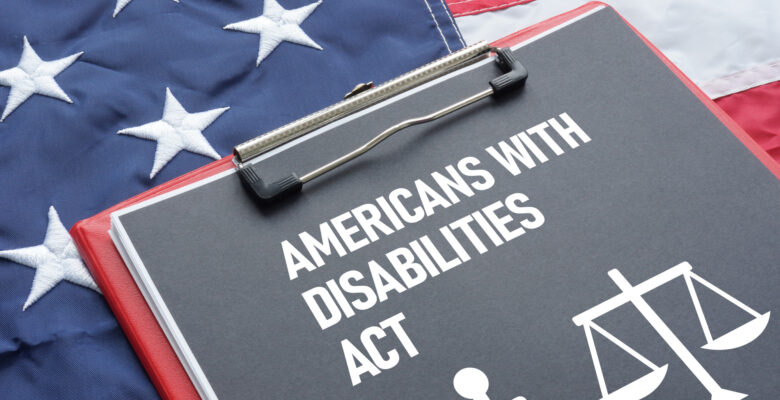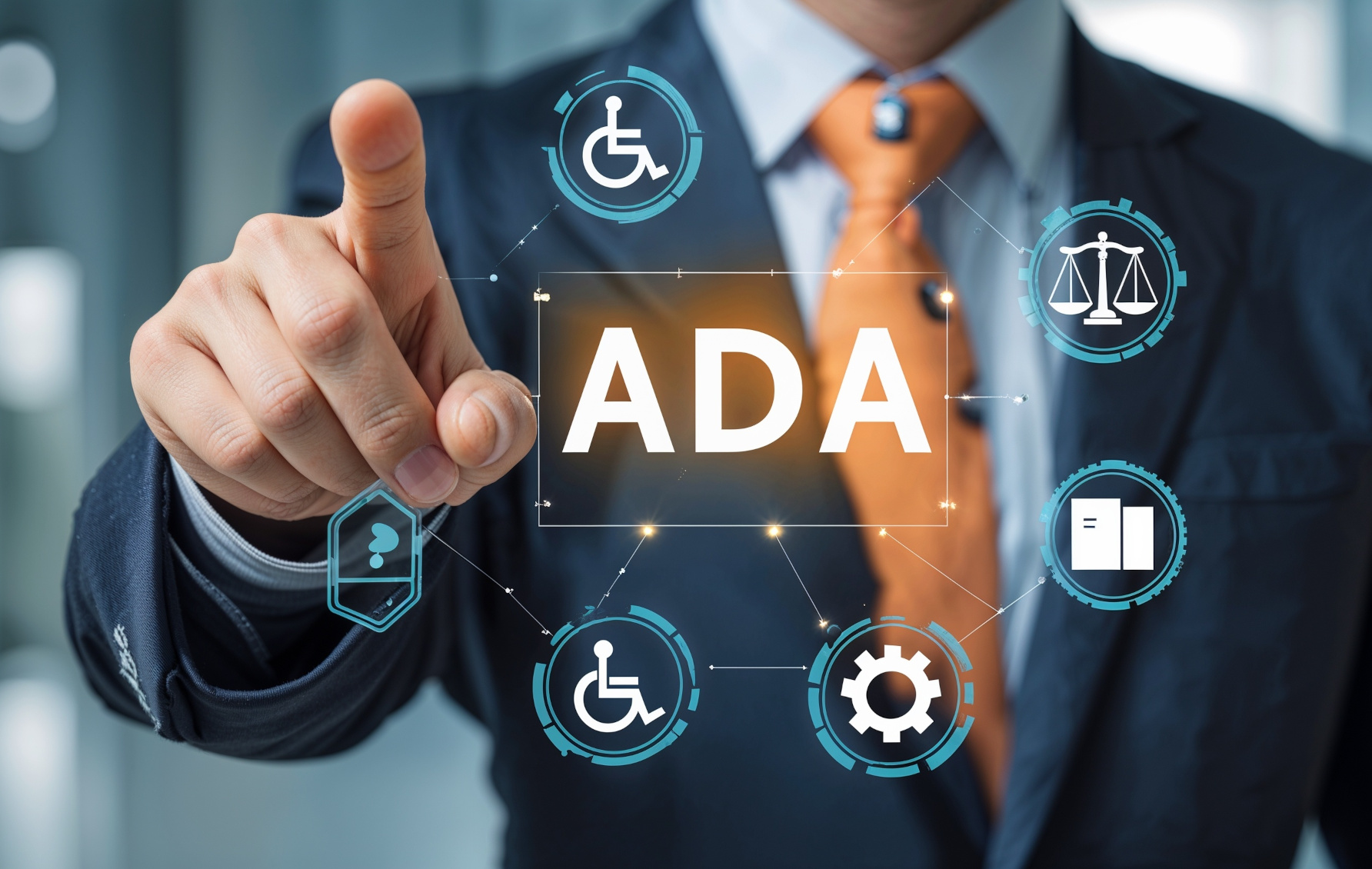Ocean Ridge Treatment & Recovery
Detox, Treatment, Recovery

If you’re navigating substance abuse while trying to maintain your career, access public support, or get help through a treatment program, you might wonder: Do I have rights? The answer is yes—and they’re protected under the Americans with Disabilities Act (ADA).
The ADA is a powerful civil rights law that protects people with disabilities from discrimination in many areas of public life, including employment, access to local government services, and participation in commercial facilities and state and local government programs. And importantly—it can apply to individuals in substance abuse recovery.
At Ocean Ridge Recovery, we believe education is a critical part of healing. So let’s break down what the ADA covers, what it doesn’t, and how it can protect your rights during treatment and beyond.

The Americans with Disabilities Act is a federal law that prohibits discrimination against individuals with a physical or mental impairment that substantially limits one or more major life activities. This includes a wide range of conditions, from chronic health disorders to mental illnesses—and, in many cases, substance use disorders.
The ADA covers individuals in recovery who are not currently engaging in illegal drug use and who are participating in or have completed a supervised rehabilitation program. This means if you’re receiving addiction treatment, you may qualify for legal protection under the ADA.
Title I protects individuals with disabilities from discrimination in the workplace and applies to private employers, employment agencies, labor unions, and state and local governments with 15 or more employees. It requires employers to provide reasonable accommodation if a condition like a substance use disorder makes it difficult to perform essential job functions—so long as the individual is otherwise qualified.
Examples of reasonable accommodations may include:
Title II applies to state and local governments, ensuring people with disabilities have equal access to public programs, transportation, and local government services. This includes access to local government programs that may involve housing, vocational training, or public education.
Title III focuses on accessibility in commercial facilities such as treatment centers, hospitals, schools, and businesses open to the public. It requires these entities to provide accommodations and modifications that enable full participation by individuals with disabilities, including those in recovery.
While the disabilities act offers broad protection, there are limitations. The ADA does not protect individuals who are currently using illegal drugs, even if they have a history of substance use disorder. Additionally, protections may not apply if drug or alcohol use results in threats to workplace safety or prevents someone from fulfilling essential job functions.
Employers and state or local law may have additional policies in place, but the ADA sets the minimum legal standard. It’s also important to note that the federal government and agencies like the Federal Communications Commission must also uphold non-discrimination policies under federal financial assistance regulations.

At Ocean Ridge Recovery, we understand the intersection between addiction treatment and legal protection. Our team is here to:
Whether you’re concerned about discrimination, job protection, or access to care, we’re here to walk with you every step of the way.
Recovery is not just about detox or therapy—it’s about reclaiming your dignity, autonomy, and future. The ADA exists to protect you, ensure fairness, and remove barriers so you can heal and thrive. Contact Ocean Ridge Recovery today to learn more about how we can help you access the care you deserve while navigating your legal rights with clarity and confidence.

Our medical, clinical, and counseling staffs on site are available 24/7.
The Americans with Disabilities Act (ADA) is a civil rights law that protects individuals with disabilities, including those in recovery from substance use disorders, from discrimination. If you are no longer using illegal drugs and are engaged in or have completed treatment, the ADA may protect your right to employment, access to public entities, and reasonable accommodations during your recovery process.
Yes, most private schools are considered public accommodations under Title III of the ADA and must comply with accessibility and non-discrimination standards. This includes making modifications and providing equal access to students recovering from substance abuse or managing other disabilities.
The Civil Rights Division of the U.S. Department of Justice is responsible for enforcing Titles II and III of the Americans with Disabilities Act. They investigate complaints related to state or local government services, public entities, and private businesses, ensuring that individuals with disabilities receive equal access and protection under the law.
Yes, intrastate telecommunications relay services must be ADA-compliant, particularly under Title IV of the ADA. These services ensure individuals with hearing or speech disabilities have equal access to telephone communication and are typically overseen by both federal and state or local government agencies.
Public entities, including state or local government agencies, are required under Title II of the ADA to provide accessible services, programs, and facilities. This includes making reasonable modifications and accommodations for individuals recovering from substance abuse or with other qualifying disabilities.
Yes, individuals who use a service animal due to a disability—including mental health or medical conditions related to substance use—are protected under the ADA. Public entities and private treatment centers must allow service animals unless doing so would fundamentally alter the nature of the service or pose a safety risk.
The Equal Employment Opportunity Commission (EEOC) enforces Title I of the American Disabilities Act, ensuring that qualified individuals—including those in recovery from drug or alcohol addiction—are not discriminated against in hiring, promotion, or workplace accommodations. The EEOC ensures equal employment opportunity by investigating complaints and holding employers accountable.
The ADA prohibits discrimination based on a person’s physical or mental disability, including individuals in recovery from substance use disorders. This means employers, public entities, and service providers cannot deny access, accommodations, or opportunities solely because of a qualifying disability.
Under the ADA, a direct threat refers to a significant risk of substantial harm to the health or safety of the individual or others that cannot be eliminated or reduced by a reasonable accommodation. Employers must base this determination on objective medical evidence—not assumptions or stereotypes—and assess each situation individually.
The ADA Amendments Act of 2008 broadened the definition of disability to ensure more people are protected under the law. It clarified that conditions like substance use disorders in recovery and other episodic or mitigating conditions still qualify, even if the condition is not active at all times. The amendments reinforced that the ADA prohibits discrimination based on a wide range of impairments.